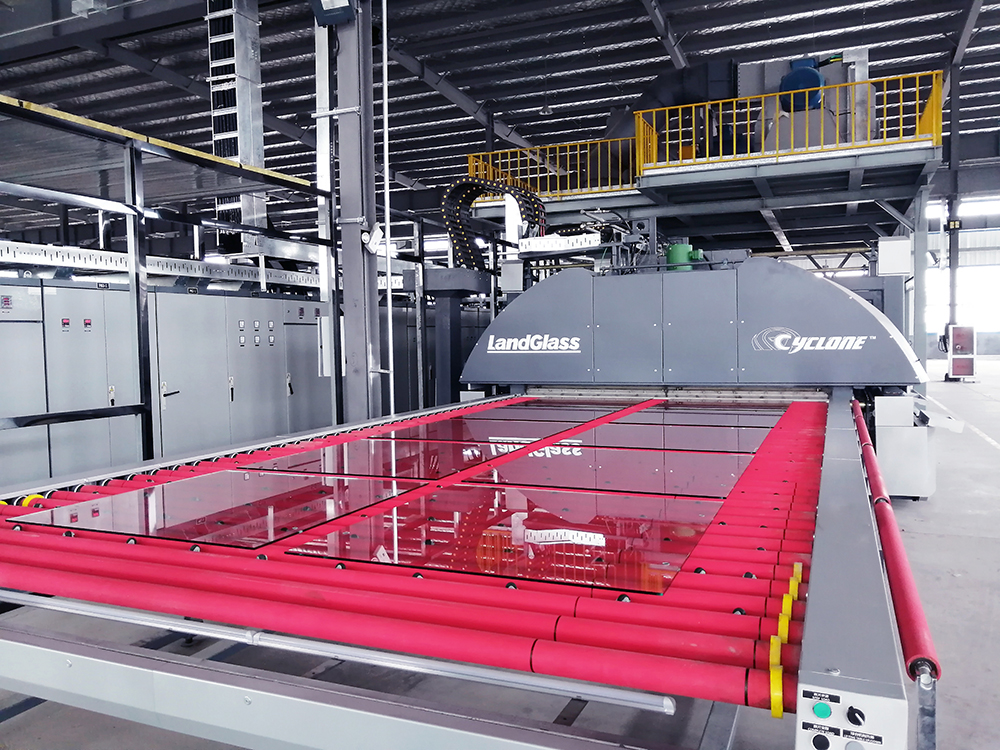In the glass processing industry, the tempering process is critical to ensuring the strength and safety performance of glass products. In daily production, some seemingly minor details can significantly impact the final results. This article shares five practical tempering tips—focusing on heating control, ambient temperature, and the treatment of shaped and processed glass—to help manufacturers enhance product quality and production efficiency.

1. Control the Heating Process in Stages to Avoid Uneven Heating
In a tempering furnace, glass is typically heated in two stages: a rapid initial temperature rise followed by a uniform heating phase. If not properly controlled, this process can lead to localized temperature differences, affecting flatness and tempering strength. Therefore, setting an appropriate heating profile ensures consistent product quality.
2. Ambient Temperature Affects Air Pressure and Cooling Time
Tempering results are influenced not only by internal furnace settings but also by external environmental factors. In colder conditions, such as during winter or in low-temperature workshops, both air pressure and blowing time can be appropriately reduced. This helps maintain quality while also improving energy efficiency.
3. Adjust Heating Time for Glass with Holes or Slots
Glass with holes or slots undergoes uneven heat transfer due to variations in thickness and geometry. During the heating phase, additional time is required—typically 2.5% to 5% longer than standard glass of the same size. Otherwise, excessive local temperature gradients may lead to breakage or deformation.
4. Pay Attention to the Placement of Glass with Sharp Angles
When the glass features angles smaller than 30°, heat tends to concentrate in the corners, increasing the risk of localized overheating and warping. For such glass, heating time should be slightly reduced. Additionally, the sharp corner should face the furnace exit, and waste glass can be placed nearby to buffer heat absorption, preventing distortion.
5. Adjust Heating Strategy for Patterned Glass
Patterned glass has textured surfaces that affect heat uniformity. It is generally recommended to place the uneven side facing upward. Heating time and air pressure settings should be adjusted based on the thickest part of the glass to ensure consistent tempering across the entire sheet.